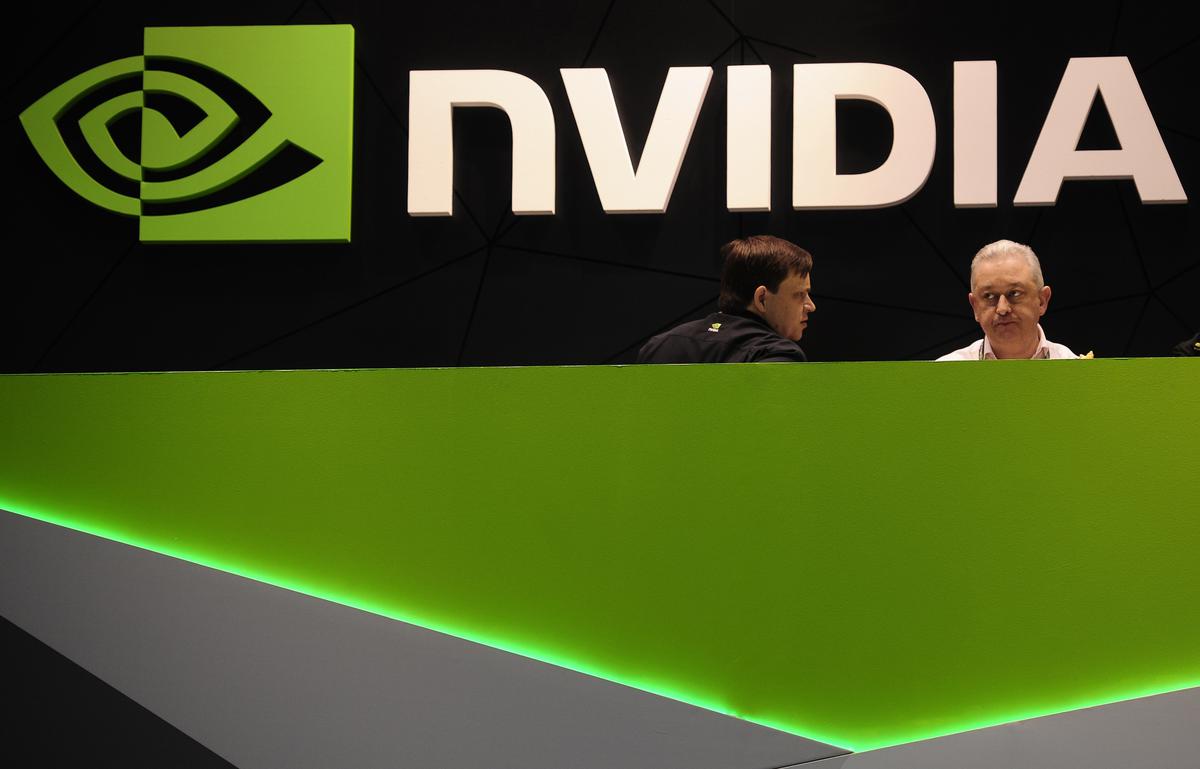
From being a renowned chipmaker for computer graphics to an industry titan momentarily reaching a trillion-dollar valuation, Nvidia's journey is one for the business books. This rapid ascent is a testament to the growing significance of artificial intelligence (AI) in shaping the future of technology. Notably, Nvidia's stock soared over 5% in a single day, briefly nudging the company into the exclusive trillion-dollar club. This surge was primarily due to the anticipated “surging demand” driven by AI advancements, which have been the backbone of Nvidia's market strategy.
Evolving with the AI Revolution
Nvidia, founded in 1993, started its journey by crafting computer chips dedicated to processing graphics, specifically for gaming. This niche focus gradually shifted when Jensen Huang, Nvidia's co-founder, decided to invest in enhancing their chips' functionality. Huang's gamble hinged on the potential of AI, well before it was the buzzword of the technology sector. This foresight is a significant part of Nvidia's success story.
Today, Nvidia's hardware forms the bedrock of many AI applications. It dominates the AI landscape, holding an estimated 95% of the market for machine learning, which was an unthinkable achievement just a few years ago. For instance, the notable AI chatbot ChatGPT, which stirred the AI industry upon its launch, was trained using a cluster of Nvidia's graphics processing units (GPUs).
Challenges on the Horizon
Despite the triumphant headlines, the journey towards consistently maintaining a trillion-dollar valuation is fraught with challenges. While the pandemic gave Nvidia a boost, it's worth noting that the firm's overall revenue growth plateaued last year, and profits took a significant hit. Furthermore, maintaining the supply to meet the ever-growing demand poses another hurdle, particularly with competitors like AMD and Intel striving to create their own AI-centric offerings.
In addition to these market dynamics, Nvidia also grapples with ethical considerations. As a leading producer of chips for AI products, the company faces scrutiny over its responsibility in ensuring the ethical use of its technology amidst growing apprehensions about AI's societal impact.
Justifying the Valuation: A Balancing Act
Currently, Nvidia's market value surpasses Intel by more than eight times. Interestingly, this impressive valuation comes despite Intel's higher reported revenue in the previous year. This juxtaposition demonstrates the market's high expectations of Nvidia and the potential of AI, but it also raises questions about the justification of such high valuations.
While it's clear that AI is a critical growth area, some believe that Nvidia's shares may be “priced ahead of the curve,” with the expectation that the company will singlehandedly lead the AI revolution. This perception may not take into account the increasing competition and emerging alternatives in the AI space. It's reminiscent of past market dynamics, where once-favored tech giants saw their trillion-dollar valuations crumble as quickly as they rose.
Nvidia's temporary entry into the trillion-dollar club marks a significant milestone in the company's journey and the broader AI industry. It underscores the potential of AI and the high stakes involved, but it also highlights the volatility of the market and the challenges that lie ahead in maintaining such a lofty valuation. As the AI landscape continues to evolve, it remains to be seen how Nvidia navigates these challenges to stay ahead of the curve.
The post NVIDIA: From Chipmaker to Trillion-Dollar AI Powerhouse appeared first on Unite.AI.
